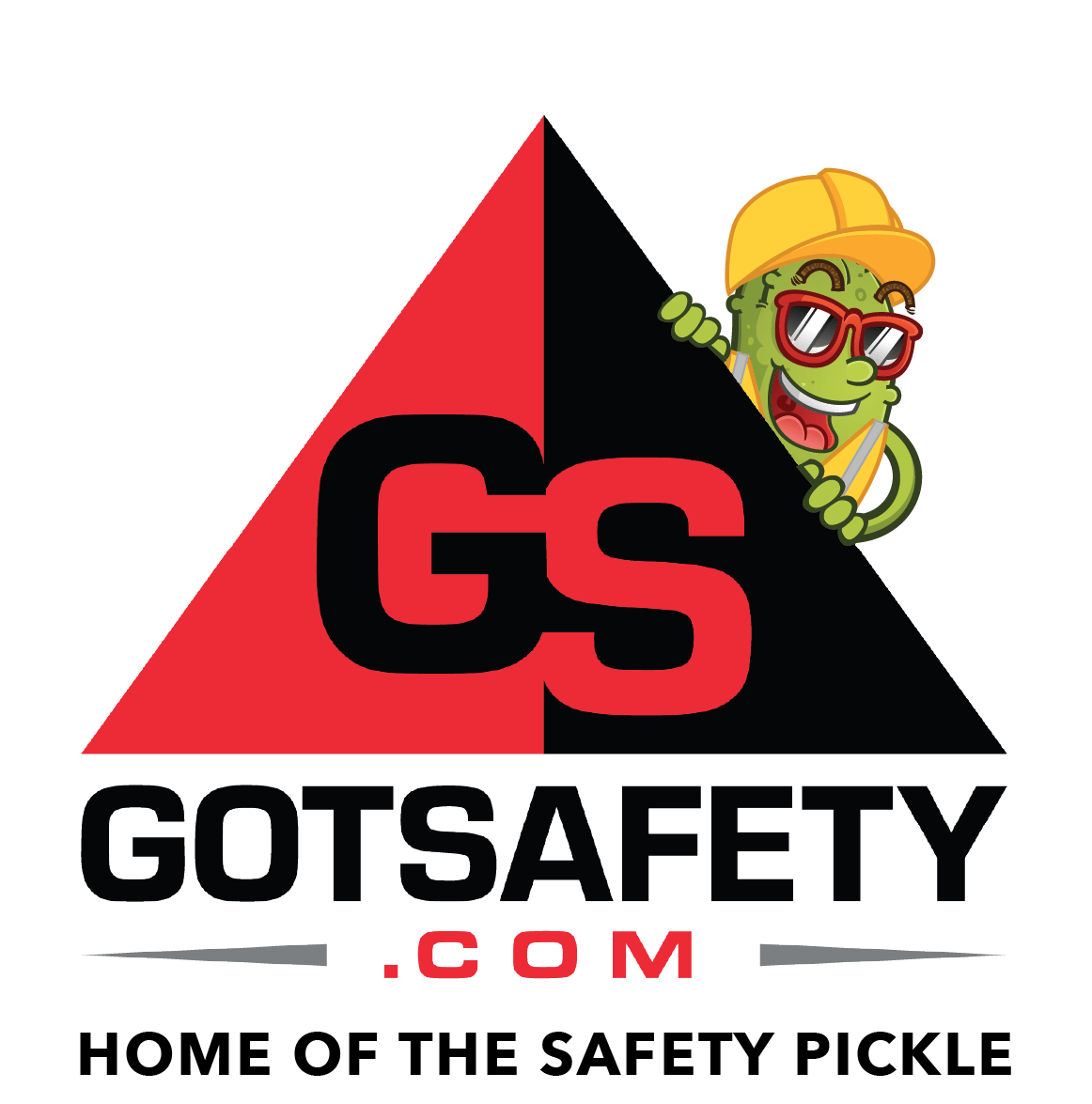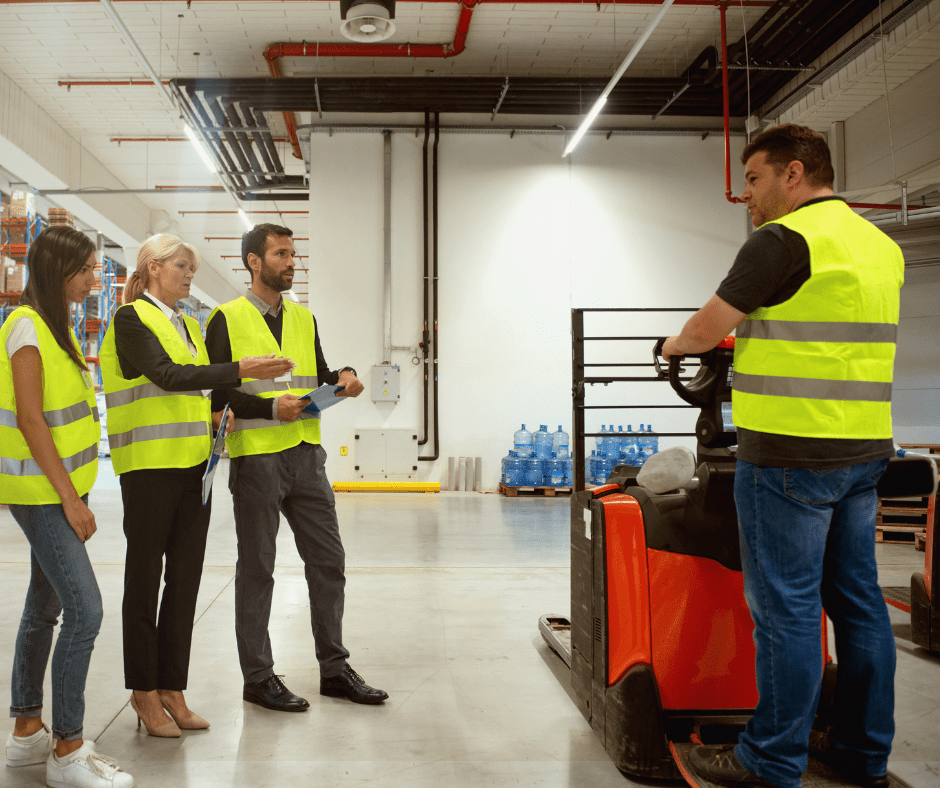LockOut Tagout: Affected Employees
introduction
When a lockout/tagout procedure is performed, different employees will have different responsibilities. Responsibilities for lockout/tagout fall into two different categories: authorized employees and affected employees. Unlike authorized employees, affected employees do not perform any maintenance or lock and tag machines or equipment. However, affected employees still play an important part in ensuring that lockout/tagout procedures are performed correctlyards.
what is lockout/tagout?
Lockout/tagout is when a machine or piece of equipment is powered off and isolated before maintenance and repairs are performed. As the name suggests, an authorized employee will place a lock with a tag on the isolation device of a machine or piece of equipment and will only remove it after maintenance or repairs are completed.

why is lockout/tagout important?
Lockout/tagout is important because it protects authorized and other employees from sustaining injuries or worse while performing maintenance or repairs on a machine or piece of equipment. If lockout/tagout procedures are not performed, employees could sustain life-altering injuries or die.

Who is considered an affected employee
An affected employee is an employee who operates a machine or piece of equipment or works in an area with a machine or piece of equipment. Affected employees should be notified when lockout/tagout is being performed. However, affected employees will not actually lock and tag equipment for maintenance or repair.
safe work practices
When a lockout/tagout is needed, affected employees should do the following to ensure everyone’s safety during the process:
• Listen to all authorized employees when they notify you of a lockout/tagout. The information
that they give you will be important as lockout/tagout could affect the lighting, air
conditioning, or other factors of the work environment.
• Do NOT attempt to remove any locks or tags. These items are meant to be seen as a
warning to other employees. Removing a lock or tag is illegal and could result in an
authorized employee being injured or worse.
o If a lock and tag needs to be removed, only your supervisor is allowed to do it and
only after it has been established that the authorized employee is not at work and only
when it is safe to do so.
• Do NOT attempt to turn on any machine or piece of equipment that has a lock and tag.
Depending on the machine, attempting to turn it on could release any stored energy that
didn’t get removed from the machine, which could result in an injury or worse for the
authorized employee.
• If a shift change is going to occur, ask who the authorized employee is in case you or other
affected employees need to get in contact with them.
o Tags should have the name of the authorized employee written on them.
• Remove yourself from the area or stay a safe distance away when authorized personnel are
working on a machine or piece of equipment. This includes the time when authorized
personnel are removing the locks and tags from machines.
• Do NOT work on a machine until you have been notified that the lockout/tagout is over.
Affected employees should remember that they play a key part in making sure that
lockout/tagout procedures work in the way they are intended. They may not perform the same
duties as authorized employees, but they do play a role in keeping authorized employees safe
while they perform maintenance and repairs.
CONCLUSION
Lockout/tagout procedures may seem to be nothing but a hassle; however, these procedures help protect all employees who work with machines or equipment. Everyone may play a different role when it comes to carrying out the procedures, but everyone is a team when it comes to ensuring safety. The time taken away for maintenance and repair may seem unnecessary at times; however, when machines are properly repaired and maintained, employees will find that their work is more productive and safer.

